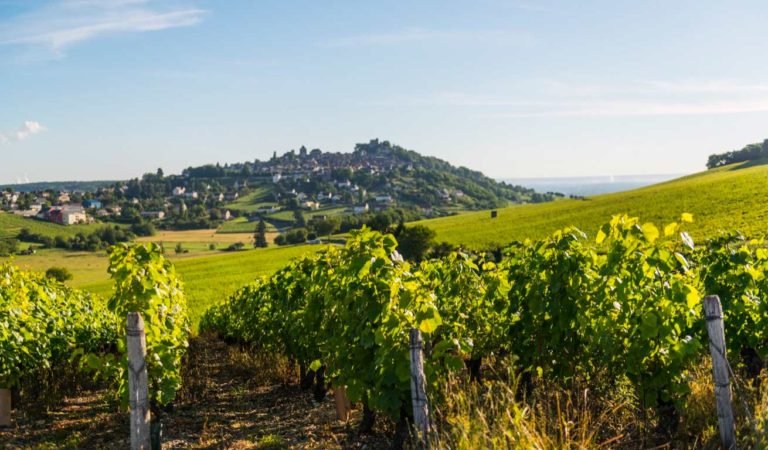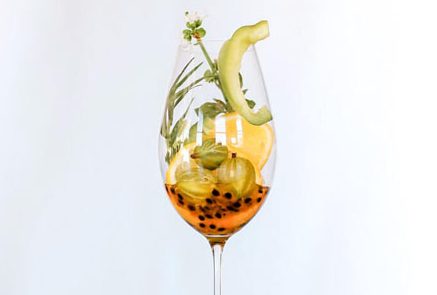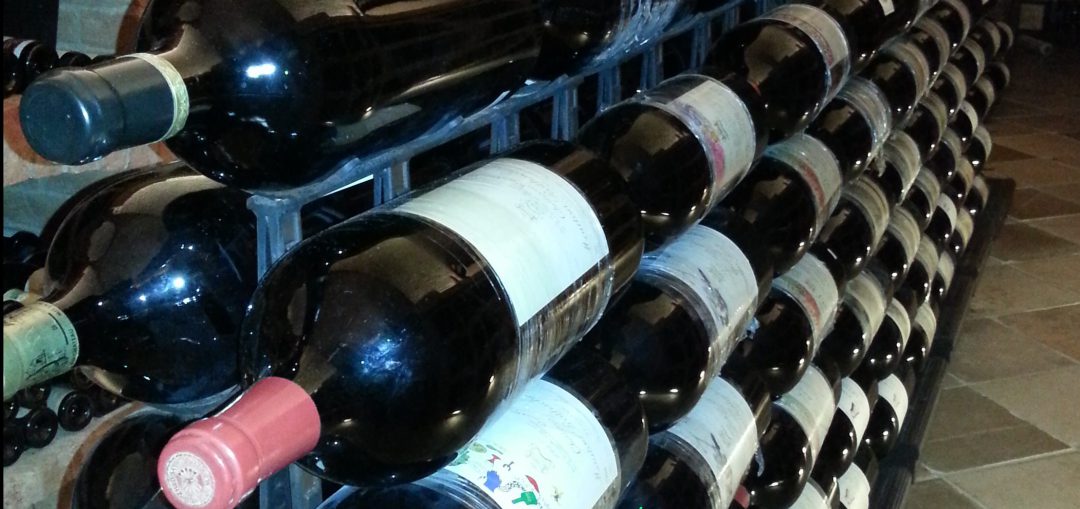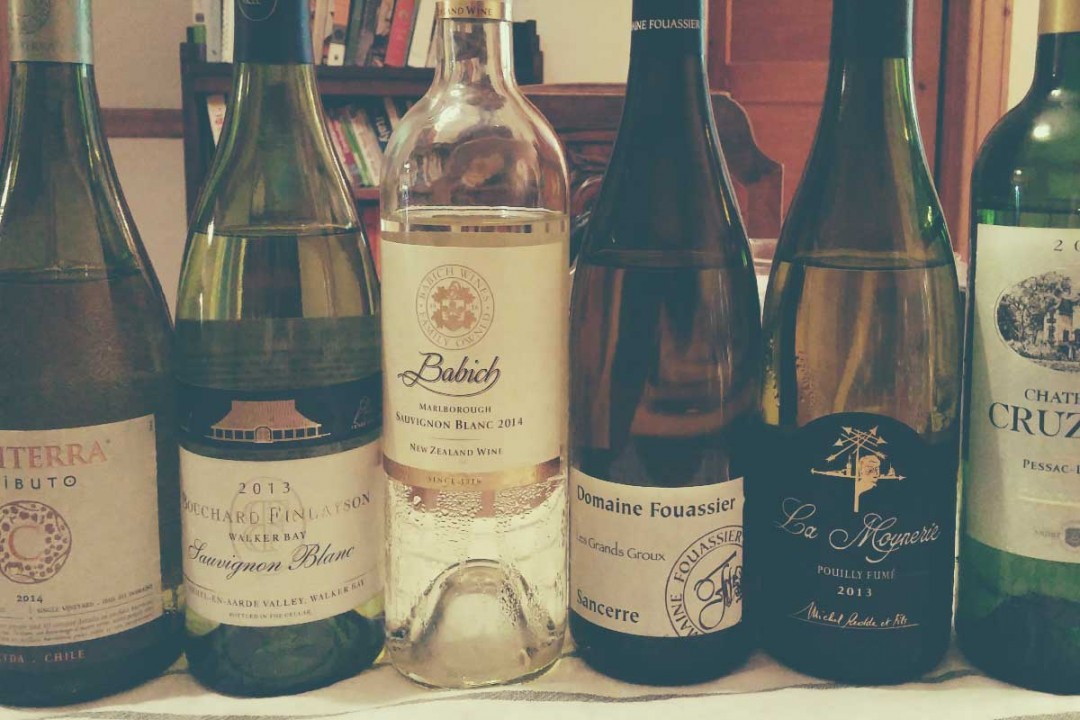Wine Region Stereotypes: A Sancerre Story
Photo credit: Domaine Joseph Mellot
The sheer volume of wines being produced from an ever-increasing number of countries and regions is enough to leave even the most wine savvy shoppers feeling overwhelmed. Especially now, when picking out a bottle means lining up, disinfecting, playing the two-metre dance around fellow patrons and generally trying to get the hell out as fast as possible.
Since the lock-down many retailers are reporting sales spikes for well-known wine brands. This, of course, makes sense. Wine is a pleasure and a comfort in uncertain times. The consistency brands offer in terms of quality and taste profile is massively appealing.
Once could argue (and many have), that in the Old World, the region is the brand. You may not be able to list individual producers from any of these places, but names like Champagne, Rioja, and Chianti resonate. They embody a style of wine with distinctive aromas, flavours, and textures that have been honed over the centuries.
Famous for its racy, elegant Sauvignon Blanc, Sancerre also produces small volumes of Pinot Noir-based rosé and red wine.
Sancerre is one such example. This 2900-hectare vineyard in the eastern part of the Loire Valley can trace its history back to antiquity. Famous for its racy, elegant Sauvignon Blanc, Sancerre also produces small volumes of Pinot Noir-based rosé and red wine.
The region consists of low-lying hills and valleys, with three distinct soil types: Les Terres Blanches (clay-limestone soils), Les Caillotes (predominantly limestone), and Silex soils (clay, limestone, and silica mix). While these diverse elevations, orientations and soil types give a range of Sancerre styles, it is the taut, flinty, understated examples that have defined the region.
But what happens when wines from well-known brand-regions don’t fit their wine region stereotypes?
The other day I opened a bottle of Sancerre with a French friend. The wine was immensely drinkable (in my humble opinion). It had vibrant fruity aromas, balanced acidity, good depth of flavour and a dry, refreshing finish. And yet, my friend was disappointed. For him, a Sancerre without razor-sharp acidity and strident minerality was no Sancerre, and therefore no good.
I couldn’t help but wonder if he would have been so dismissive if he hadn’t known the wine’s origin?
Variations in weather conditions, site, and winemaking techniques can all result in radically different wines.
There are a multitude of reasons why various wines from the same grape variety and vineyard region taste differently. The Sancerre in question came from the exceptionally warm 2019 vintage. In warmer than average growing seasons, Sancerre’s usual tart green fruit and searing high acid gives way to riper stone or even tropical fruit and softer, rounder acidity.
Differing vineyard sites and individual winery choices in terms of vineyard care, yield levels, harvest date, and winemaking techniques can also affect a wine’s flavours, even in classically cool vintages. This is a hot topic of debate between traditional and modern wine producers the world over.
Should wines from famed regions conform to the region’s “branded” taste profile, or should they be a reflection of a specific vineyard site, or a vintage, or a winery’s unique vinification style? Will classic wine styles be lost if too many producers seek to differentiate their wines?
For certain regions, climate is the biggest factor shifting wine region stereotypes. Even the most ardent defenders of traditional, regional styles are helpless when faced with warming temperatures and increasingly erratic weather patterns. In Germany’s Mosel Valley, it is more and more challenging to produce the delicate, racy Rieslings that were once the norm. And in Sancerre, riper, fruitier wines are regularly to be found now.
Not all wines from famous regions fit their stereotypes, but this doesn’t necessarily make them lesser bottlings.
While you may think this adds yet another layer of confusion in the already fraught business of buying wine, perhaps it is enough to simply remember this: not all wines fit their wine region stereotypes, but this doesn’t necessarily make them lesser bottlings. If you want a classic example, don your mask and check with store staff. Otherwise, take a risk and judge the wine on pleasure alone.
The wines that sparked these musings were generously supplied by Québec wine agency: AOC & Cie Check out my tasting notes below.
Joseph Mellot Sancerre (blanc) La Chatellenie 2019, Loire Valley
Highly aromatic, with white peach and grapefruit notes fairly leaping from the glass. With aeration, hints of gooseberry and fresh-cut grass emerge. The palate is crisp and lively with a medium-bodied, rounded structure and really juicy peach, lime and herbal flavours that linger on the dry, lifted finish.
Where to buy: SAQ (26.00$)
Joseph Mellot Sancerre (rosé) Le Rabault 2019
Medium salmon pink in colour, with attractive red currant, rhubarb, and pink grapefruit aromas marrying nicely with an underlying earthiness on the nose. The palate is fresh, medium-weight and smooth, with a concentrated core of just-ripe red berries. Finishes dry, with a pleasant hint of refreshing bitterness. While this is a lovely aperitif rosé, it has the depth and body to pair nicely with a range of summery dishes.
Where to buy: SAQ (26.80$)




